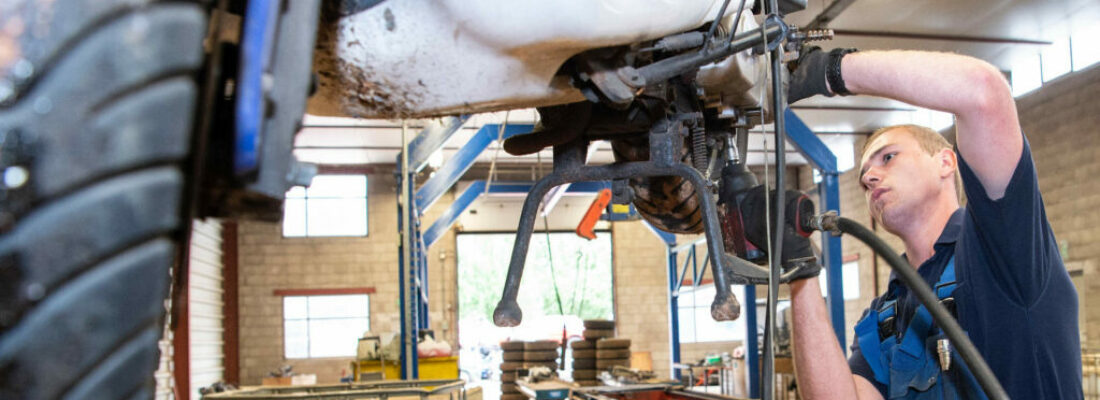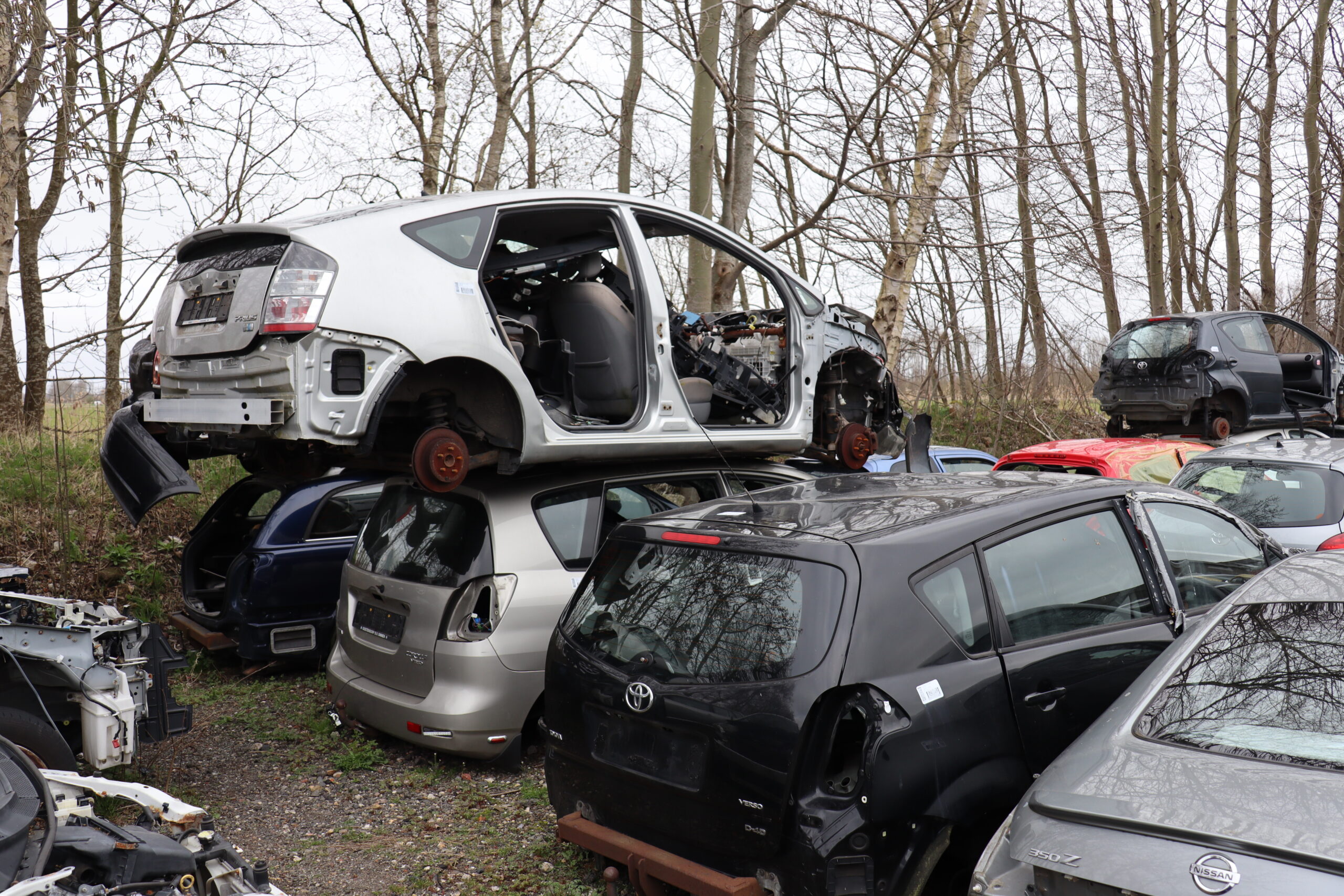What happens to other vehicles in the Netherlands when they’ve reached the end of their useful lives? Green Light went to find out. Part 3 in the series: the scooter.
Tekst Jens Holierhoek
Fotografie Robert Oosterbroek
Notwithstanding the recent dip in sales, scooters have made a huge advance over the last decade. More precisely, the motorised bicycle and moped, as ‘scooter’ is the collective name often used in the Netherlands to refer to both variants. According to Statistics Netherlands, there were no fewer than 1.2 million scooters in the Netherlands in 2018, thanks largely to the arrival of the motorised bicycle which does not require the use of a helmet and can travel at speeds of up to 25 km/h. And to think that in 2007 there were only around 700,000 scooters in the Netherlands. Scooter sales, which have since fallen, were propelled by the popularity of the motorised bicycle. At the peak, around one in three new motorised bicycles were sold in the four largest cities in the Netherlands. People abandoned their cars and public transport to hop on motorised bicycles or mopeds. In addition to using them for riding around cities, the new scooter riders used their vehicles for journeys to and from work. BOVAG, the Netherlands’ Association of Car Dealers and Garage Owners, puts the success of the scooter down to the fact that “you don’t need a helmet and you can just get on one and ride it.”
Voluntary initiative
The boom in sales means that we can expect to see a similar peak in the number of vehicles that have reached the end of their useful life in coming years. According to the RAI Association, the Netherlands’ Bicycle and Automobile Industry Association, the average useful life of a scooter in the Netherlands is around 10 years. During those 10 years on the road, a scooter covers an average of 8,300 km. This means that around 1.2 million scooters cover around 1 billion kilometres each year. But what exactly happens to them after they have been on the roads for around a decade? Very little actually, until 2011. Scooters that had reached the end of their useful lives were mainly dismantled in house, including by parts dealers. Or they just ended up in scrap yards, irrespective of whether they were rusty and leaking oil.
“The RAI Association and BOVAG believed that the scooters sold by their affiliated companies should not just be able to disappear in the rubbish, even at the end of their working lives”
This changed seven years ago. The RAI Association and BOVAG thought it was time to form the SRN association: Scooter Recycling Nederland. Rob van der Linden, a Project Manager at ARN and Scooter Recycling Nederland talked about how the association was founded: “There was a desperate need for a systematic and environmentally sound method of recycling. Since there was no network of licenced dismantling firms, nothing was done about this. The RAI Association and BOVAG believed that the scooters sold by their affiliated companies should not just be able to disappear in the rubbish, even at the end of their working lives.” This voluntary non-profit initiative by the motorised bicycle and moped sector entered operation in 2012. Currently, forty percent of scooters that have reached the end of their useful lives are processed at licenced firms and correctly recycled. SRN is aiming to increase that number by encouraging firms to join the SRN network.
Collection points
Scooter Recycling Nederland’s network consists of 64 salvage firms and 200 collection points. These collection points are often scooter dealers that collect end-of-life scooters, based on CSR thinking. It goes without saying that dealers also like to welcome scooter riders into their showrooms. After all, bringing in a used scooter ties in nicely with purchasing a new model. Once old motorised bicycles and mopeds have been collected, they are sent to the local dismantling firm by the affiliated collection points. This is where the professional recycling process begins.
Into the shredder
There are various stages to recycling, said Van der Linden. “First, the dismantling firm removes any hazardous substances. Liquids, such as oil and fuel, and batteries then find their way to accredited processing firms. Any parts which are still suitable to have a second life are professionally dismantled and sold as used parts. The metal frames are sent to shredder companies, and then the pulverised metal is reused.” Scooter Recycling Nederland has calculated that at least seventy percent of an end-of-life scooter gets recycled.
“Every year, around 25,000 scooters and mopeds reach the end of their useful lives, and an increasing number of these find their way to the structured recycling network.”
Continued growth
Scooter Recycling Nederland has accomplished a lot in the short time it has been in operation. The network counts on the participation of leading importers with a joint market share of around eighty percent, which finance the system through a payment of five euros for each motorised bicycle or moped sold. Furthermore, as mentioned above, there are dozens of dismantling firms and hundreds of collection points. It sounds like a success story, but SRN is far from satisfied. “There is still scope to improve the regulation of scooter recycling”, according to Van der Linden. “The most important thing is that all scooters that reach the end of their useful lives end up in a properly regulated network. It’s important that the final owner can dispose of his or her vehicle at no cost which also ultimately means that all end-of-life scooters are correctly recycled.” That is why SRN started a campaign in November to draw the attention of scooter owners to the possibility of having their old scooter recycled in a socially responsible manner. Since only forty percent of end-of-life scooters currently reach the regulated channel, there is still considerable work to be done.




